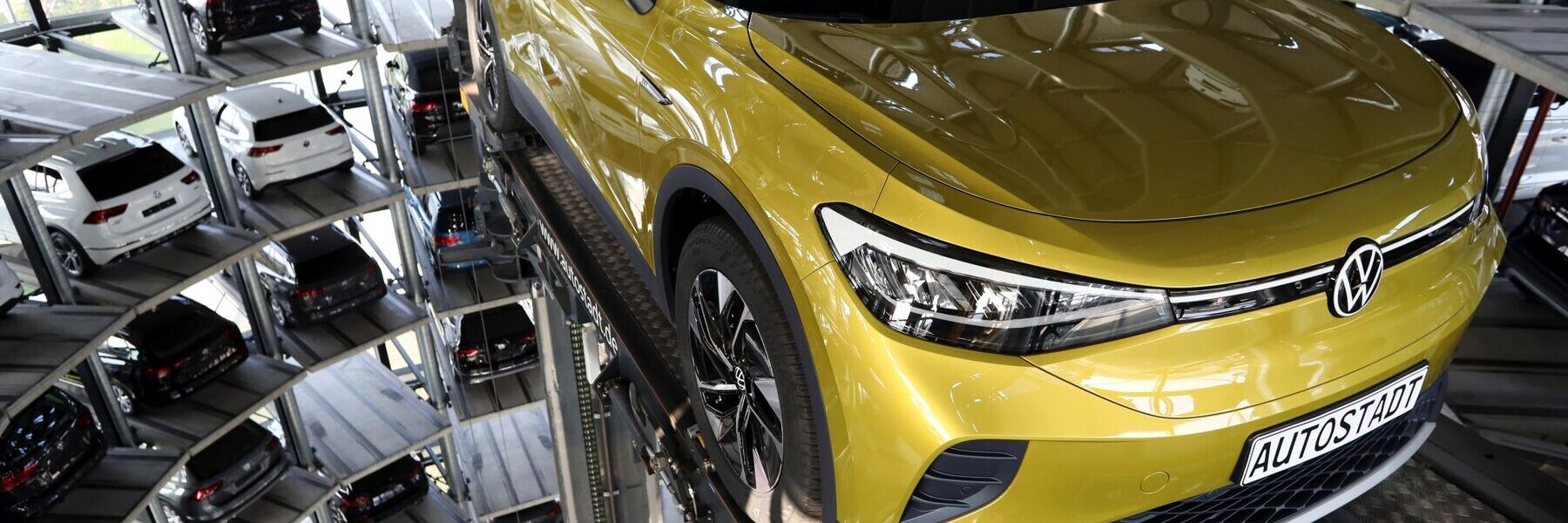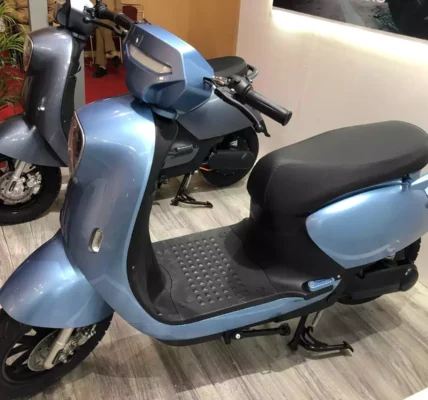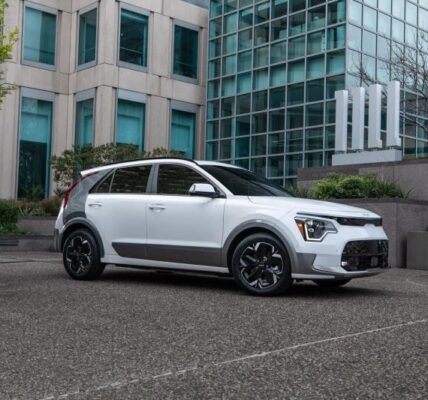The U.S. Inflation Reduction Act (IRA) has been found to significantly impact the sales volumes of automobile manufacturers in the global electric vehicle (EV) market, excluding China.
According to a study by the energy market research firm SNE Research, the number of EVs registered in regions outside China between January and August reached 3,535,000 units. This indicates a 43.8% increase compared to the same period the previous year.
Manufacturers that met the requirements of the IRA demonstrated remarkable growth. Tesla saw a 62.7% rise in sales, registering 789,000 vehicles, maintaining its top position with a market share of 22.3%. Earlier this year, Tesla reduced the prices of its vehicles, with its main models, the Model 3 and Model Y, benefiting from the U.S. IRA tax incentives.
Volkswagen Group climbed to second place with a growth rate of 42.2%, selling 476,000 vehicles, up from 335,000 units last year. The market share remained consistent, standing at 13.5%, slightly down from last year’s 13.6%. Their ID.4 electric vehicle, the first foreign brand to meet the U.S. government’s subsidy requirements, played a pivotal role in these numbers. According to Volkswagen, EV deliveries in Europe increased by 61% from January to September, while the U.S. saw a more significant jump of 74%.Stellantis Group took third place, delivering 375,000 vehicles, a 26.8% increase from last year. However, their market share decreased by 1.4 points, from 12.0% to 10.6%.Hyundai Motor Group claimed fourth place, selling 374,000 units, a growth of 12.0%. Their market share decreased from 13.6% to 10.6%. Despite the growth led by electric vehicles like the Ioniq 5, EV6, and Niro, they did not receive the tax benefits from the U.S. IRA introduced last August.
BMW, which produces the X5 xDrive50e model, the second foreign brand to meet the IRA subsidy conditions, ranked fifth. They sold 258,000 vehicles, capturing a market share of 7.3%.In terms of regional EV deliveries outside of China, the distribution was as follows:
Europe with 1,968,000 units (55.7% market share), North America with 1,057,000 units (29.9% market share), Asia with 414,000 units (11.7% market share), and other regions with 95,000 units (2.7% market share).








